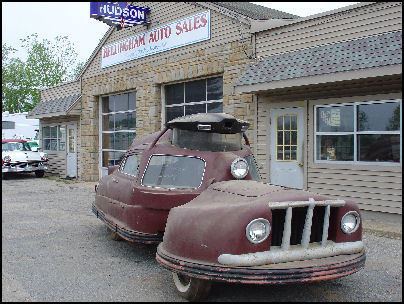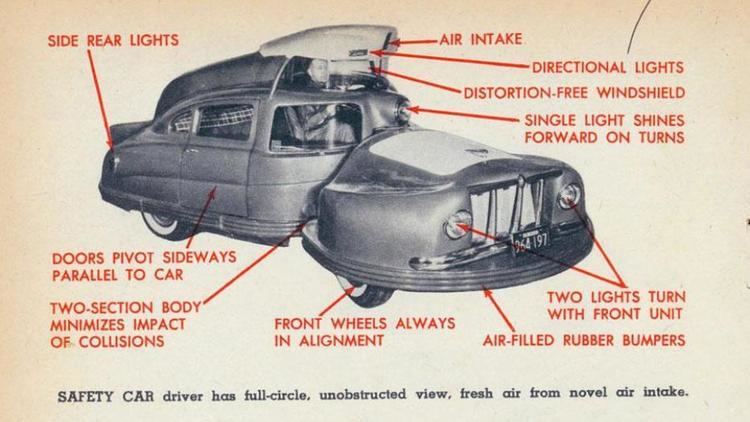 | ||
The Legend of Sir Vival
The Sir Vival was a concept car created by Walter C. Jerome of Worcester, Massachusetts in 1958. Jerome created what he termed a "revolutionary vehicle" due to concern with what he saw as 1950's Detroit's lack of concern with safety and focus on planned obsolescence.
Contents
- The Legend of Sir Vival
- 1958 Sir Vival by Walter C Jerome
- History
- Features
- Marketing and Reception
- References
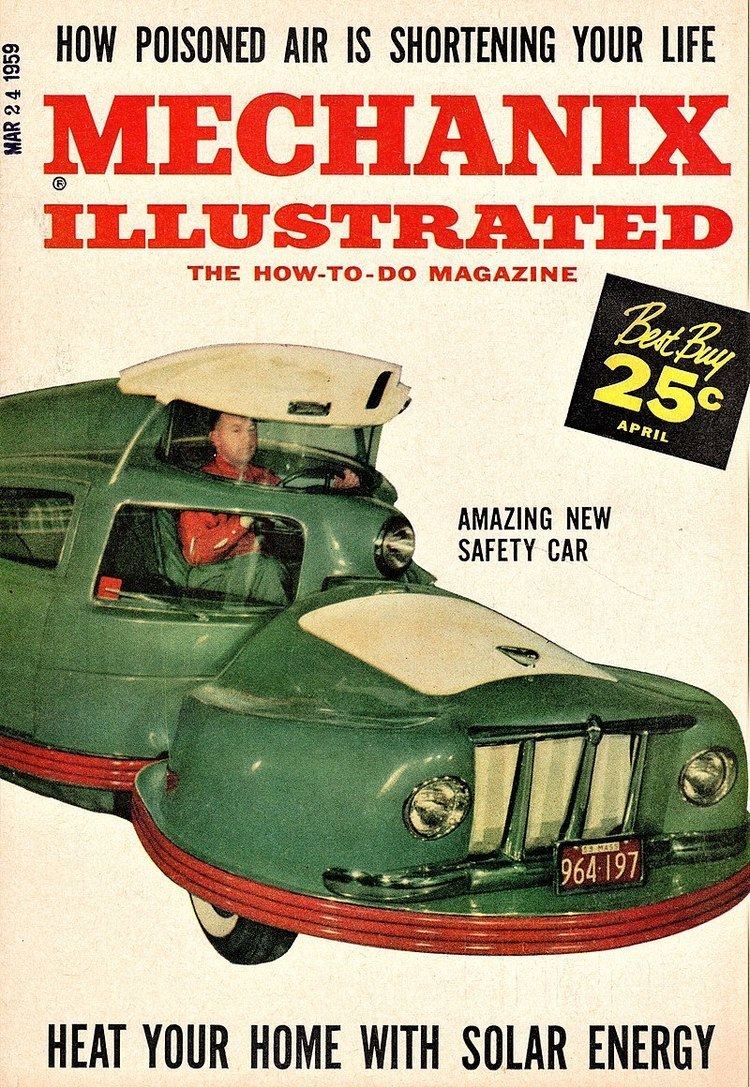
While never produced commercially the Sir Vival featured many innovative car safety concepts that would later become standard such as seat belts, a roll cage, sliding side doors, rubber bumpers, and side lights. However, the most distinctive feature of the car are a two-part construction that separates the engine and front wheels from the main passenger cab via an articulated universal joint and the driver's turret, an elevated seat where the driver commands a near-360 degree visibility thanks to a cylindrical glass enclosure. Along with the 1957 Aurora it is one of the earliest Experimental Safety Vehicles ever made.

1958 Sir Vival by Walter C. Jerome
History
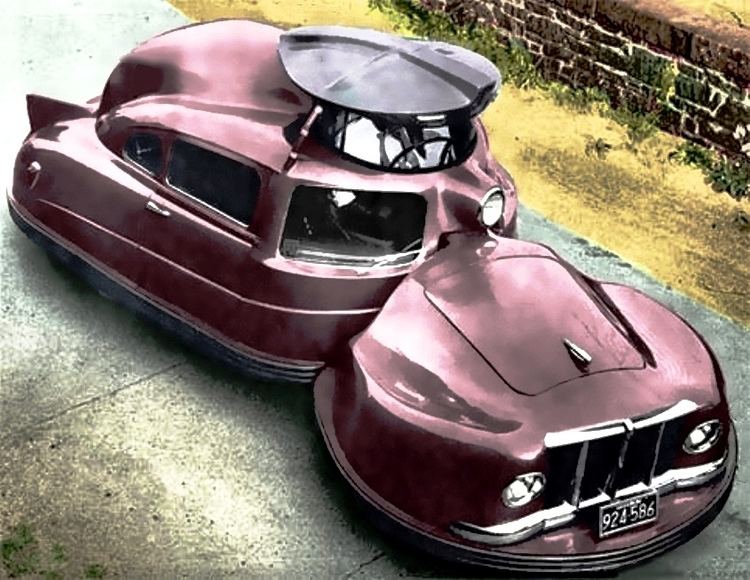
Creating the Sir Vival prototype was a 10-year mission of Walter C.Jerome, a graduate of Northeastern University's College of Engineering. He created it from a 1948 Hudson, purchased from a Hudson dealer in Bellingham, Massachusetts. He drew up blueprints and enlisted students of his at the Worcester Boys' Trade School. The actual Sir Vival bears little resemblance to the original Hudson.
Features

According to the marketing pamphlet written by Jerome entitled "Sir Vival. An Adventure in Safe Motoring" the prominent features of the car were:

Marketing and Reception
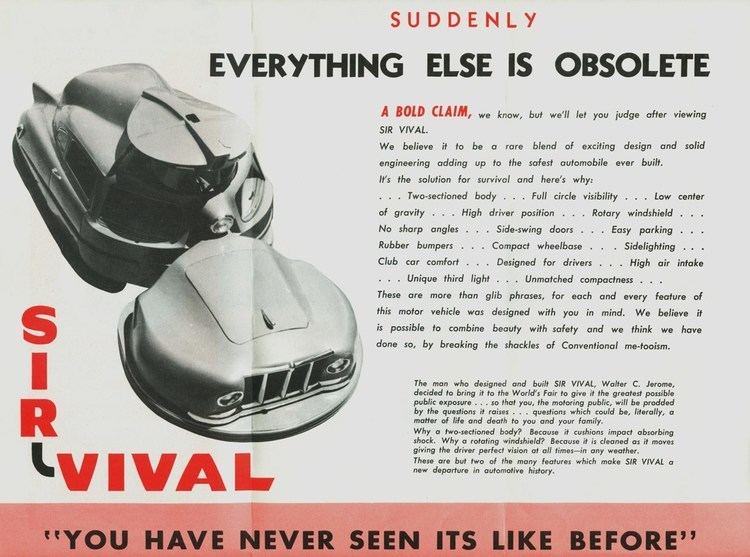
It was Jerome's belief that the safety of the American motoring public had for too long been ignored by the Detroit manufactures and that he could lure the safety conscious auto-buyer by stressing safety and the "breathtaking design" of his car. He intended to produce 10-12 cars a year at a retail price of $10,000. This was not an inconsequential price tag given that a Series 62 Cadillac started at around $5,000 at that time.
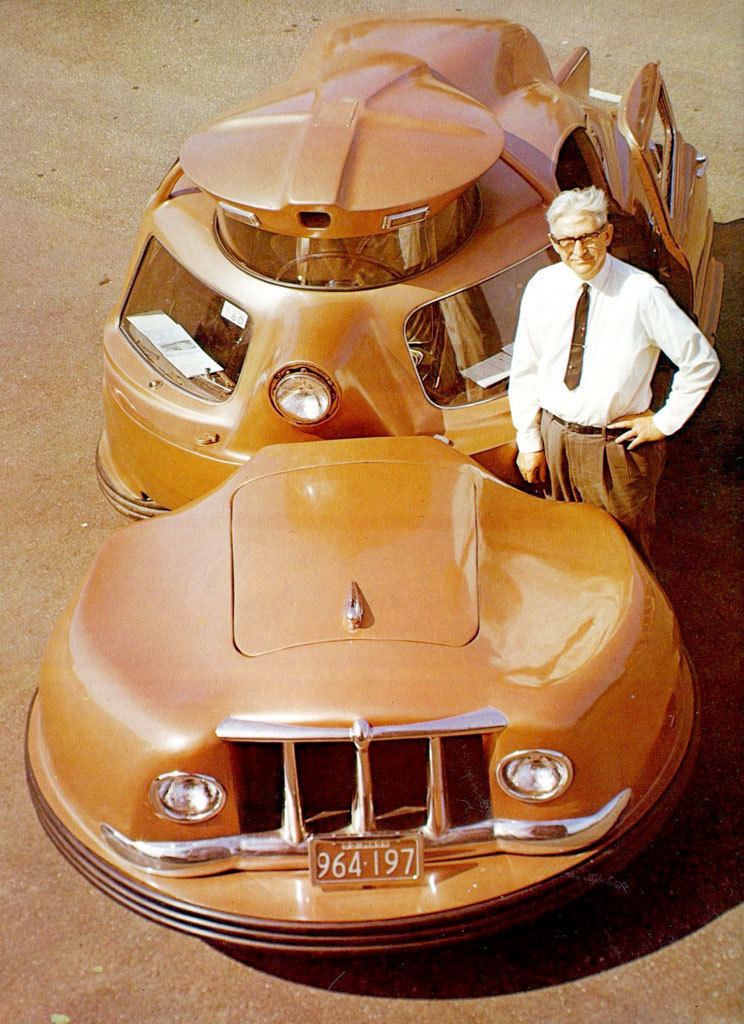
To market the Sir Vival Jerome created the Hollow Boring Corporation or Worcester and spent many years looking for purchasers and financing. In the process he displayed the vehicle at automotive and popular events such as the International Auto Show, the 1964 New York World's Fair, the Springfield Exposition, and the 1959 Foreign and Sports Car Show in Boston. The Sir Vival received publicity in Life magazine and automotive focused publications such as Mechanics Illustrated and Motor Trend magazines. It was covered in many foreign publications as well. The publications were generally neutral on the viability of the car but stressed the safety features and the technological advancements.
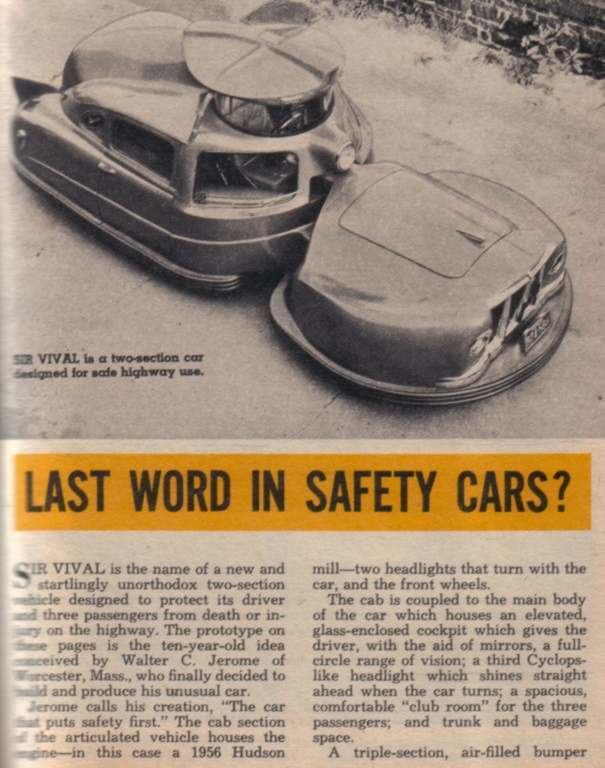
Despite the press and the showings at high-profile venues, Jerome never garnered the funding needed to manufacture another Sir Vival, and so the prototype remains the only version ever produced.
